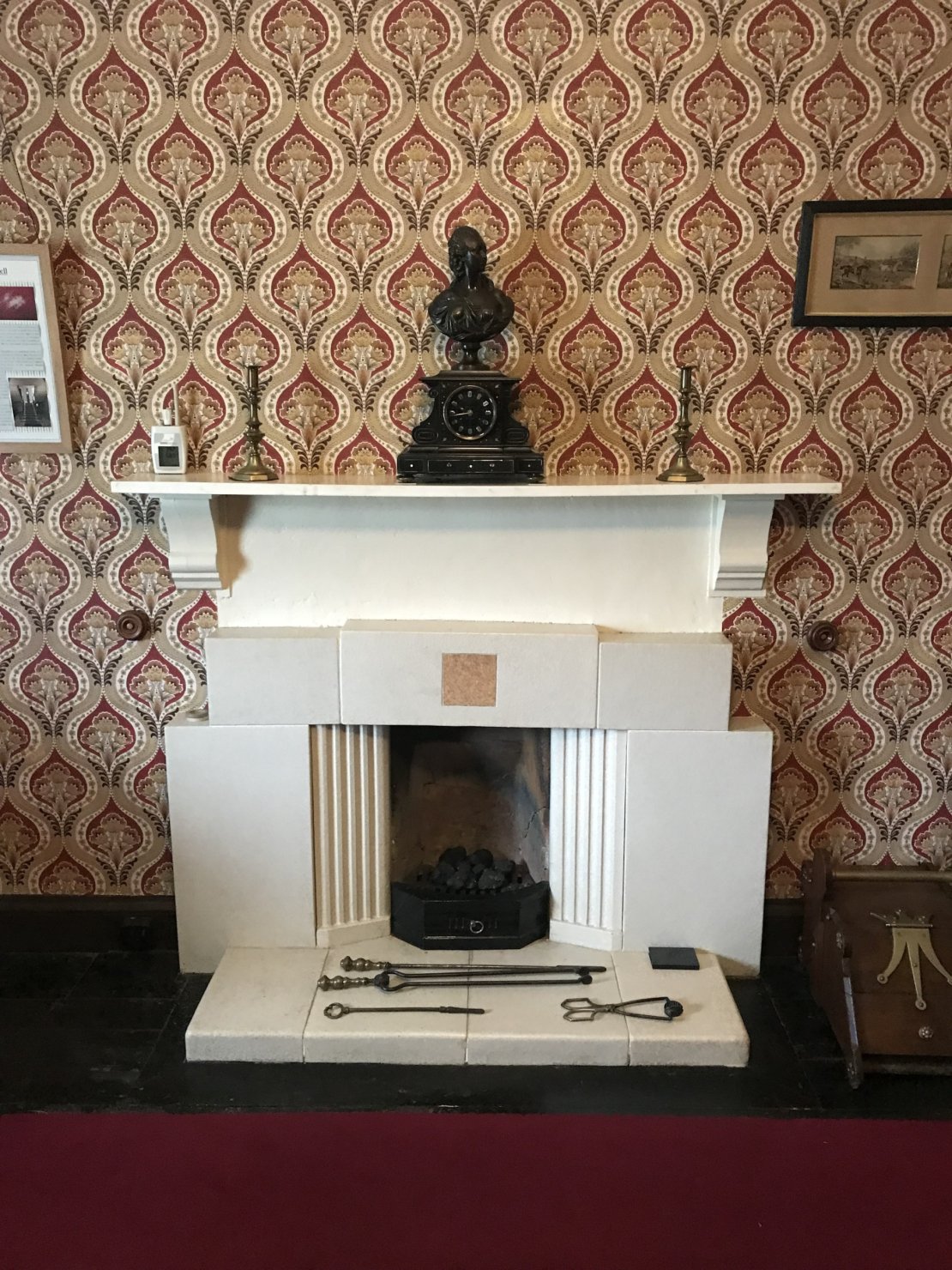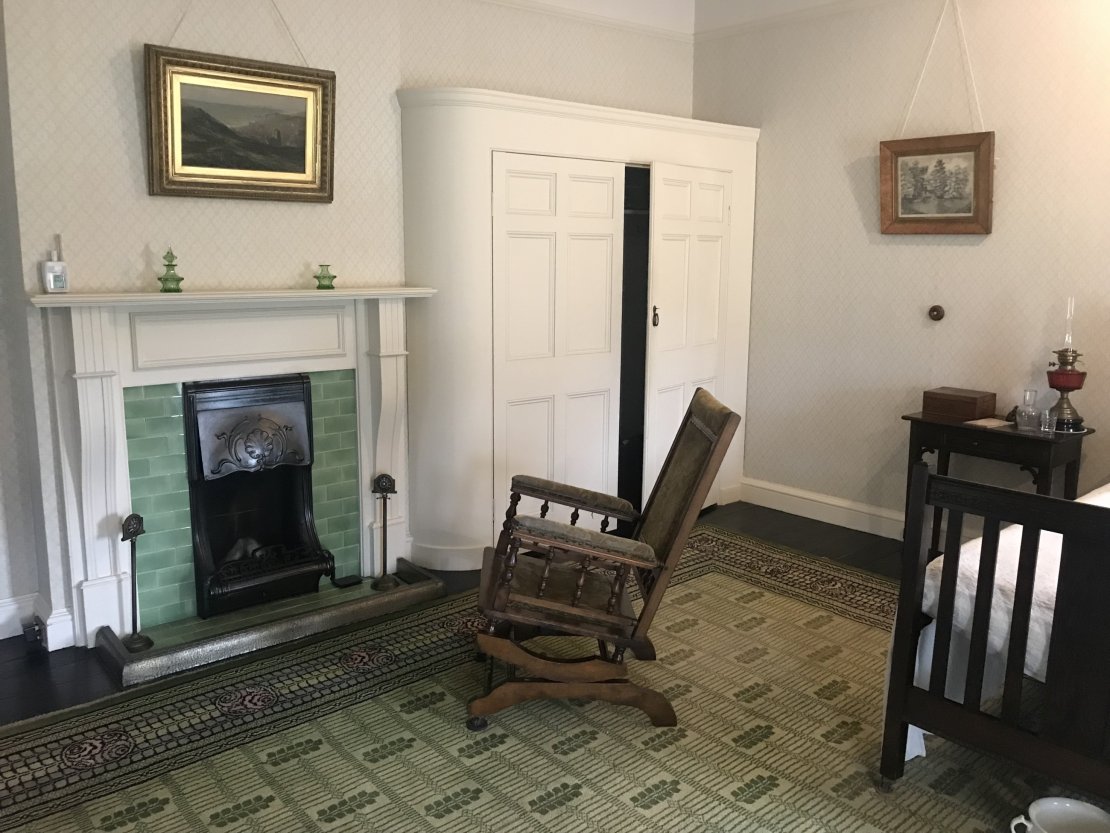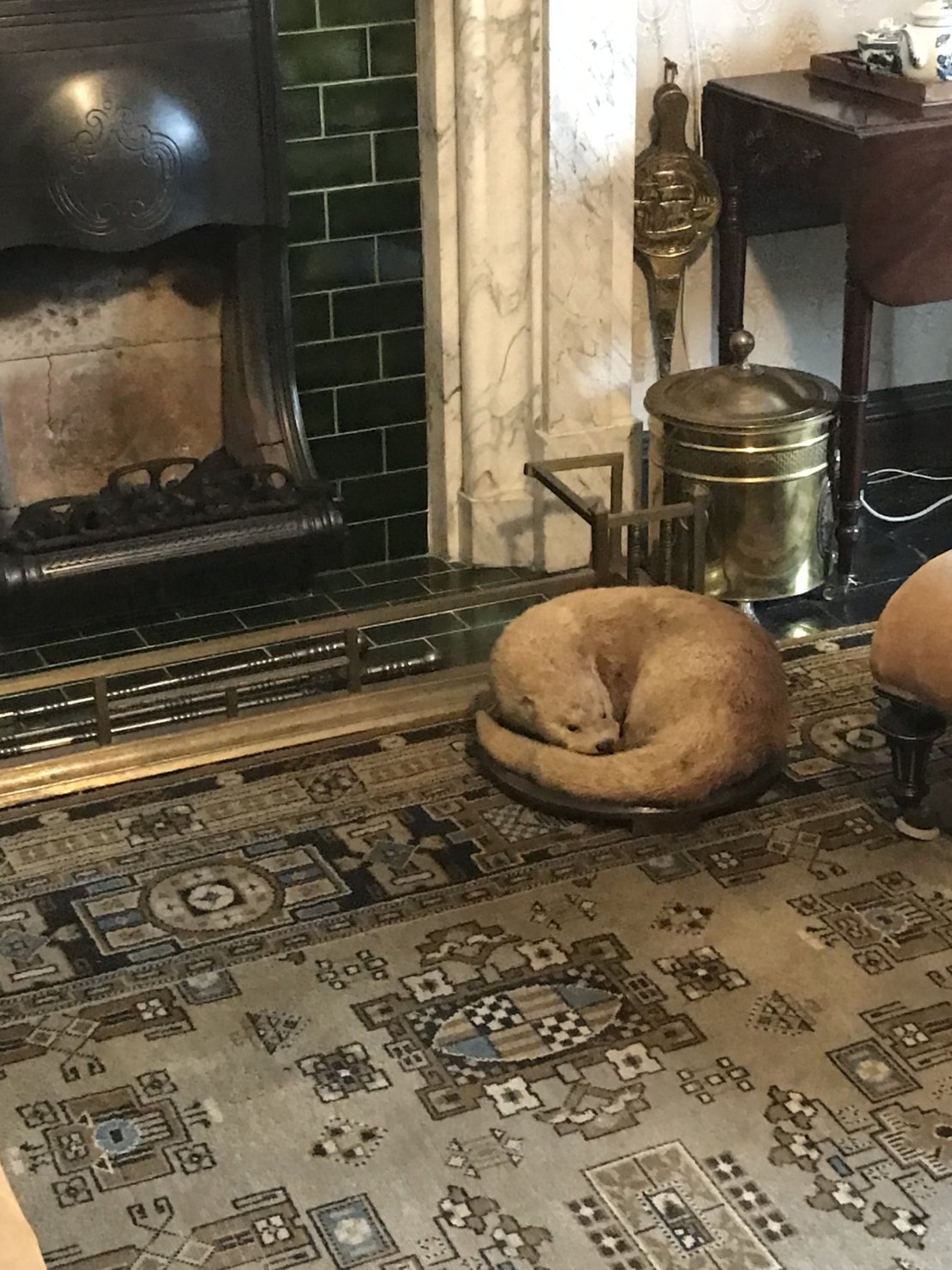With their ornate details and elaborate craftsmanship, they evoke a sense of nostalgia and elegance. In this article, we delve into the world of Victorian fireplaces, exploring their design elements and discussing their functional aspects.
The Victorian Era, spanning from 1837 to 1901, was characterised by a passion for decorative arts and a revival of historic design styles. Victorian fireplaces were no exception, showcasing intricate craftsmanship and attention to detail. The design of Victorian fireplaces often incorporated a variety of materials, including marble fireplace hearths, cast iron surrounds, and tiles. These fireplaces were typically grand in scale, with elaborate mantelpieces and decorative surrounds that served as a canvas for artistic expression.
The fireplace in the Victorian home was distinguished by its straight lines, geometric patterns, and dark colours. This was a radical departure from the colourful and ornate fireplaces and fireplace surrounds that were common in the preceeding eras. The Victorian fireplace was not an extravagant display of money and power; rather, it was an understated statement of elegance and sophistication.

It was an expression of the values and aesthetics of the age, and it became a symbol of the middle and upper classes quite rapidly after its introduction. The materials used to make fireplaces in Victorian homes were likewise a reflection of the era in which they were built.
The Victorians were a people who were concerned with decorating, and this obsession was nowhere more obvious than in the fireplaces that they had in their homes. Every component of the Victorian fireplace, from the detailed carvings and exquisite tiles to the elaborate mantelpieces and towering chimney stacks, alongside the fire baskets and coal buckets, was created with the express purpose of awe-inspiring the viewer.
However, the aesthetic attractiveness of these Victorian Style fireplaces was only one aspect of their overall functionality. The fireplace served as the social hub of the Victorian house, attracting family members for evenings spent exchanging tales, basking in the warmth, and enjoying one another's company.
Additionally, it represented the ideals of home life, a constant reminder of the significance of the nuclear family and the place of the house in contemporary culture. But the fireplace in a Victorian home was more than just a sign of contentment. In addition to that, it was a technological tour de force. The Victorians were true innovators, and their innovative take on the traditional fireplace led to a sea change in the way people thought about and used heat.

The invention of the coal grate, which allowed for a more efficient and controlled burning of fuel, is often regarded as one of the most significant breakthroughs to have occurred during this time period. The Victorian fireplace was a monument to the workmanship and ability of the artisans of the time period, in addition to showcasing the technological achievements of the day.
The tiles, mantelpieces, and cast-iron grates were all manufactured with extraordinary attention to detail, and the quality of the craftsmanship is still visible in the examples of these fireplaces that have survived to the present day. But what about the significance of the fireplace in Victorian homes?
The fire was a vivid symbol of industry, development, and civilisation to the Victorians, who saw fire as a powerful representation of these concepts. It was a symbol of the transforming power of human intellect and of our capacity to utilise nature for our own ends.
This was echoed in the design of the Victorian fireplaces, with many incorporating images of industry, such as factories and mills. Other fireplaces included depictions of trains and other modes of transportation. Nevertheless, in spite of the Victorians' preoccupation with development and innovation, there was also a profound yearning for the past, and the design of the fireplace reflects this sentiment. The majority of the fireplaces had Gothic or medieval designs on them, creating an atmosphere steeped in history and custom.
One of the defining features of Victorian fireplaces is their tile work. Tiles were used to create visually stunning patterns and motifs that adorned the surround and hearth. Popular tile materials included encaustic tiles, which were handmade and featured intricate patterns and vibrant colours. Another popular tile choice was transfer-printed tiles, which allowed for detailed designs to be mass-produced. These tiles often depicted scenes from nature, classical mythology, or intricate geometric patterns.
The mantelpiece of a Victorian fireplace was a true work of art. Elaborately carved from wood or crafted from marble, the mantelpiece served as the focal point of the room. It featured intricate detailing, such as floral motifs, scrollwork, and statuary. The design of the mantelpiece varied depending on the architectural style of the time, with Gothic, Renaissance, and Classical influences being prominent.
In terms of functionality, Victorian fireplaces were designed to efficiently heat the room while also providing an aesthetically pleasing element. The fireplaces were typically enclosed in a cast iron insert, which helped to radiate and retain heat. The size and depth of the fire grate allowed for the burning of coal, a common fuel source during the Victorian era.

Many Victorian fireplaces also featured decorative hoods, which served both functional and aesthetic purposes. These hoods helped to direct the heat into the room while also adding an architectural element to the fireplace design.
The Victorian cast iron fireplace rapidly gained popularity among members of the middle class and the upper class as a status symbol during the era. The elaborate mantels and decorations that once adorned Victorian fireplace inserts long since disappeared. In their stead emerged streamlined, sophisticated designs that were practical and aesthetically pleasing in the 1920s.
Today, Victorian fireplaces continue to be sought after by homeowners and collectors who appreciate their historical and aesthetic value and wish to incorporate them into their period renovation. Many antique fireplaces have been carefully restored and preserved, allowing them to retain their original beauty and charm.
Additionally, modern reproductions of Victorian fireplaces have been created to capture the essence of the era, making it possible for homeowners to incorporate these exquisite designs into their own homes. Fire surrounds can be purchased in wood or cast iron and for hearths, granite or hearth tiles can be used, with wall tiles inset into the surround to add a decorative feature.
In conclusion, Victorian fireplaces are a testament to the exquisite craftsmanship and artistic expression of the Victorian era. Their intricate designs, elaborate tile work, and ornate mantelpieces make them true works of art. While they served a functional purpose in heating homes, they also became symbols of social status and refined taste. Whether preserved as antiques or recreated in modern homes, Victorian fireplaces continue to captivate us with their timeless beauty and undeniable charm.


Be the first to add a comment...